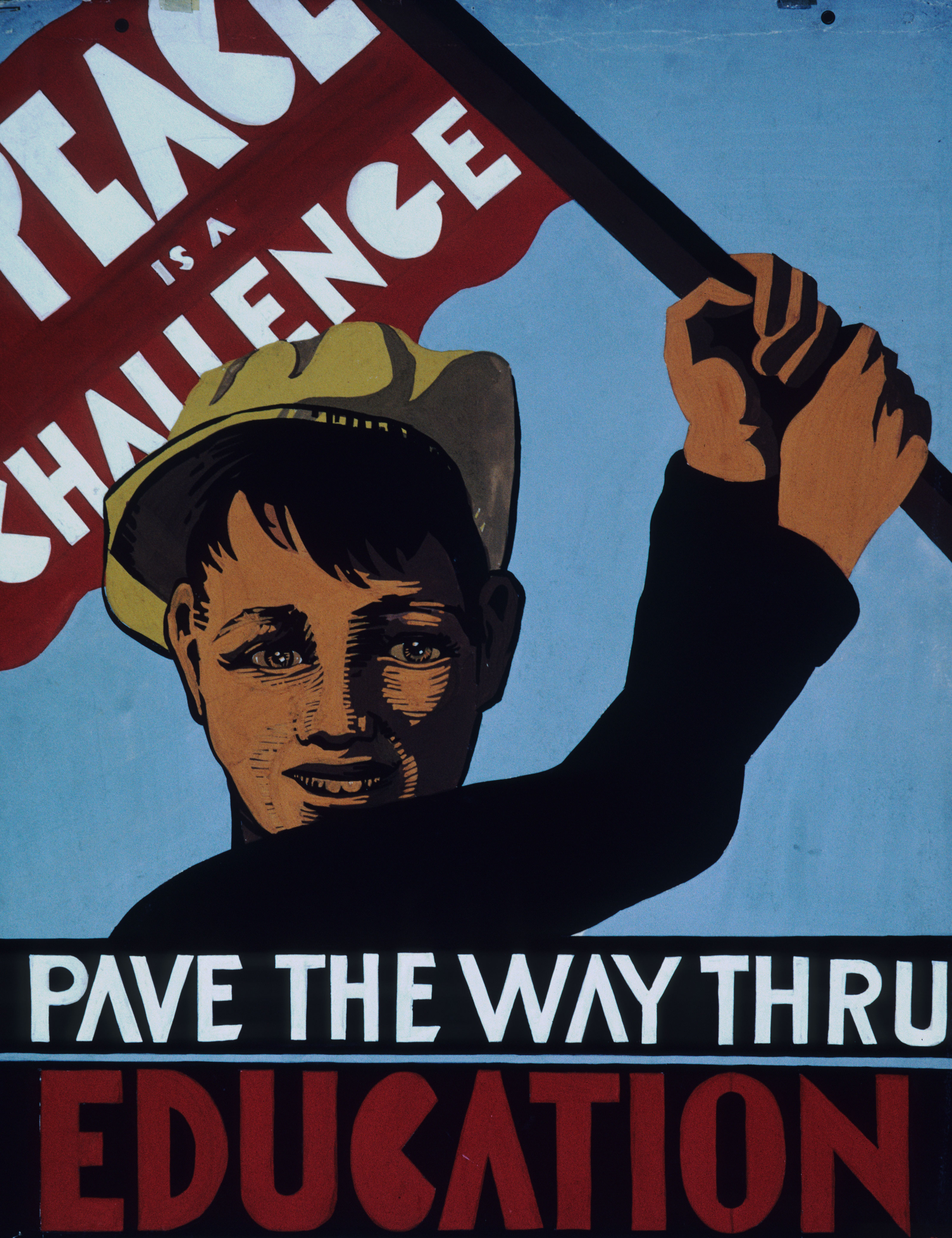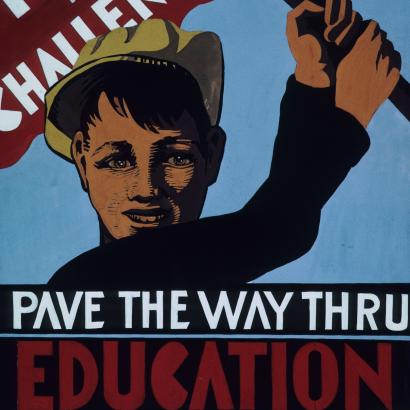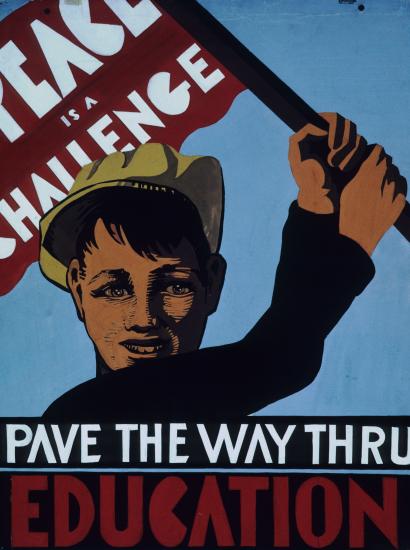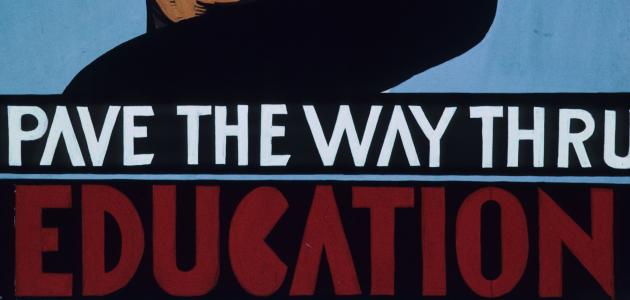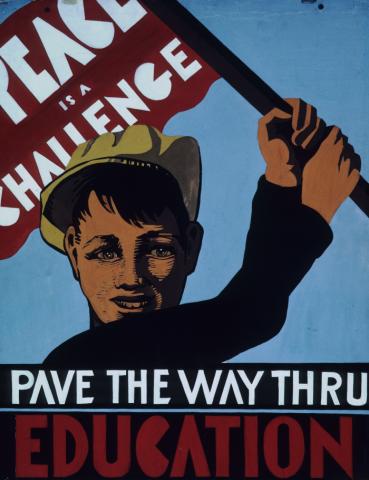- Military
- History
- Revitalizing History
This month marks the 100th consecutive issue of Strategika, the online publication that appears approximately every six weeks from the Hoover Institution’s “Military History Working Group” (MHWG), based on the Stanford University campus. The journal currently enjoys over 20,000 subscribers and is often consulted by diplomats, military officers, government officials, and journalists, both here in the U.S. and abroad.
Some thirteen years ago in 2012, the MHWG was tasked by then Hoover Institution Director John Raisian to explore formally “the role of military history in contemporary conflict.” Over the last decade, the group has become an integral part of a wider Hoover Institution initiative—spearheaded by current Director Dr. Condoleezza Rice—to promote traditional and narrative history, especially within academia and the confines of the university.
In that specific context, the MHWG—along with allied Hoover Institution research programs such as the Hoover History Lab, the Applied History Working Group, the Global Policy and Strategy Initiative, and the Middle East and the Islamic World Working Group—reflects Hoover’s rising historical profile. These groups are in part an informal response to the quite different aims and agendas of most university academic departments and professional organizations. Many of these custodians of history have lost interest in preserving the grand Western tradition of narrative history and historiography—and military history in particular, which was synonymous with the birth of history itself by Herodotus and Thucydides.
In contrast, university history departments currently believe that history cannot be empirical and disinterested. But by nature, it is ideological and thus best explored through contemporary theoretical approaches presented via an arcane academic vocabulary and style that reflect the views of mostly university intellectuals, the needs of campus promotion and tenure, and too often are of little general public interest.
The MWHG, however, is composed of an ideologically, politically, academically, and professionally diverse group of military analysts, current officers, retired generals and admirals, diplomats, and government officials. We embrace no ideological consensus, except perhaps a general agreement that across time and space, human nature is largely unchanging—and thus predictable within general parameters.
One of the directives, among the many I received some thirteen years ago, as the founder and chair of the MHWG, from then current director John Raisian, was to “make it simple.” He meant to seek balance between the past and the modern world, and to reflect the Hoover Institution’s efforts to inform the wider public about its traditions, values, and beliefs that made the country unique and so often preeminent.
He advised me not to allow the group to become mere squabbling antiquarians, nor at the other extreme, opinion journalists with solely current agendas and little historical expertise. In addition, he reminded that scholars at the MHWG must be allowed to speak freely among themselves, but their spoken opinions and comments should remain off the formal record to encourage candid and controversial expression among the group.
In such a diverse assembly, Director Raisian further warned that all discussions and disagreements would abide by professional standards of respect and deference, without rantings, ravings, or ad hominem invective—a directive that also guides the tone of Strategika essays. His past periodic appearances, as those presently of Director Rice, I think confirm that the spirt of our diverse group is one of professional respect and polite pursuit of differences.
At the origin of the MHWG, Director Raisian encouraged our scholars periodically to publish monographs with the Hoover Institution Press, to speak at Hoover Institution donor retreats, and in general to present the scholarly views of our task force to the general public through Strategika and its related publications, as well to publish and appear in the general media.
His final advice was to remind emphatically the public that our institution’s formal title, and, by inference, abbreviated mission statement was, “The Hoover Institution on War, Revolution and Peace” (emphasis added). That exact nomenclature was to remain relevant to a contemporary America that had fought and won two catastrophic and global wars of the 20th century. The public should be constantly reminded, he thought, that the study of “war” still remained part of that vital war/revolution/peace triad at Hoover, as it had been at its founding in 1919 in the aftermath of World War I—and, as Herbert Hoover advised, as a way of mitigating the death and destruction of human conflict.
Accordingly, the regular members of the MHWG and their guest attendees at meetings agree that the study of past wars—if disinterested and factually based—will provide didactic instruction about present-day low-level conflicts and theater wars. Our historical emphases seem preferable to perhaps more popular and therapeutic assumptions that contemporary utopian efforts to assure the perfectibility of mankind eventually will lead to eternal peace and a world without need of arms. In answer, the wisdom of the ages better reflects the ancient Roman adage of deterrence, popularized by the late Roman military analyst Vegetius, “If you want peace, prepare for war (Si vis pacem, para bellum).”
New technologies, methodologies, and protocols come and go throughout history. But the central tactical and strategic reasoning that guides them remains mostly the same—and that fact can be discerned only through the study of history and offers enormous value in analyzing why and how current wars arise, progress, and end.
More specifically, the journal, Strategika, like the MHWG itself, seeks to analyze contemporary conflicts, strategy, tactics, munitions, and revolutions in military affairs by comparisons and contrasts to the specific wars of the past. Consequently, in each issue a “background” essay of 1,500-2,000 words frames the question of the month in historical terms. It is bookended by two “featured commentary” essays—shorter opinion pieces, often taking opposite views in their contemporary analyses.
In addition, four or five questions for further study are posted that suggest additional avenues of related research and discussion. Each issue’s poll also samples online readers’ opinions about the topic at hand. Finally, all members of the MHWG present short essays submitted prior to our annual meetings that are then included throughout the year within the relevant issues of Strategika.
So all members also are asked to contribute regularly to Strategika, and, in addition, to a weekly series “Military History in the News” that highlights our scholars’ interpretations of current breaking news, but in terms of past parallels and antitheses. We have also developed an additional featured archive, “Classics of Military History,” also overseen by Managing Editor of Strategika and Hoover research fellow David Berkey. It collects from our members scholarly, but also concise and accessible, 300-500-word book reviews of “classical military studies.” Currently there are 78 such archived reviews that analyze historians such as Thucydides and Herodotus, analysts like Sun Tsu and Clausewitz, and memoirists like Winston Churchill.
In the thirteen years since the founding of the MHWG, military history has continued to capture the public imagination and to grow in a variety of ways at a time when university history departments are facing enrollment declines, faculty reductions, and budget cuts. Part of the enduring popularity of military history remains the human fascination about war—and why and how nations, tribes, and sects resort to violence to achieve political agendas, settle religious and tribal feuds, or simply prefer violence to diplomacy.
Yet another, though narrower—and ironic—reason why bookshelves in stores and online catalogues highlight military history is, until recently at least, the academic neglect of military history. In the void of academic interest in military history, the field naturally invites a far more diverse sort of historians and topics. Here, I plead guilty over the years to publishing a number of dire warnings that such a vital discipline was disappearing from universities departments and curricula, even as the public was reading more excellent military histories than ever. In a January 2023 New Criterion article, “Uses & abuses of military history,” I provided a small list of the most recent warnings about the academic decline of military history and the need for a renaissance in university war studies:
- “Our Elite Schools Have Abandoned Military History” (Peter Berkowitz)
- “Don’t Let Academia Destroy Military History” (James Jay Carafano and Tom Spoehr)
- “The Course of Military History in the United States Since World War II” (Edward M. Coffman)
- “Why Study War?”(Victor Davis Hanson)
- “American Universities Declare War on Military History” (Max Hastings)
- “Why Military History Matters” (Frederick W. Kagan)
- “The Embattled Future of Academic Military History” (John A. Lynn)
- “The Current State of Military History” (Mark Moyar)
- “Reimagining Military History in the Classroom” (Carol Reardon)
- “Military History and the Academic World” (Ronald H. Spector)
For now, military history remains firmly lodged in the popular culture. The most widely read military histories are so often written by journalists, non-academic historians, and essayists rather than by academics. One result is that such independent authors must be self-supporting. Their military histories must win over an audience. And that reality in turn means their histories are often by needs better written, more wide-ranging, and far more empirical and disinterested than found in the work of most faculty in university departments. That is not to say that academic histories of war are not needed, for indeed their meticulous research can make more popular military histories possible. But in the past, the two poles—popular and academic—were not necessarily antithetical as they have grown to become now, but complementary and thus simultaneously engaging and exacting in fact and detail.
The popularity of military history among the public, however, may be beginning to be reabsorbed by campuses. For example, in the same New Criterion article I recently quoted the military historians William Hitchcock and Meghan Herwig, who in a glass-half-full argument, advised pessimists that military history classes still represent some seven percent of all history course offerings at major universities—not a great percentage, but on the other hand something to build upon in history departments. However, they also grant that military history related courses had experienced the greatest decline in class offerings between 2015 and 2021—but may now be beginning to recover.
For example, there are currently over thirty military history programs in English-speaking countries that offer both MA and PhD degrees in military history. Some twenty alone are found in the United States. Among the most recognized are those at The Ohio State University, Kansas State University, the University of North Carolina at Chapel Hill, the University of Alabama, and the University of North Texas, Military History Center—and a newly established military history program at Hillsdale College.
It is one of the missions of the Hoover MHWG and its journal Strategika to encourage universities to return to the roots of Western historiography that have traditionally since Homer, Herodotus, and Thucydides not glorified war but envisioned conflict tragically at the center of history itself. Military history is worthy of renewed academic study to remind an increasingly uncurious and less well-educated generation of college students about unchanging human nature, and its oldest propensity of resorting to the use of arms to settle differences, both often to prevent evil—and sometimes to perpetuate it.







